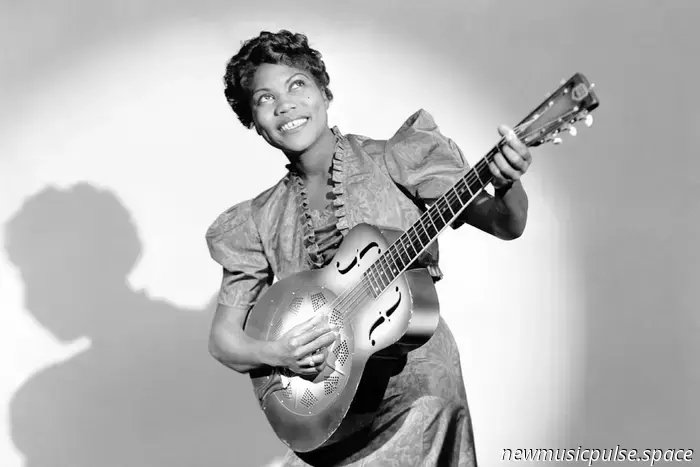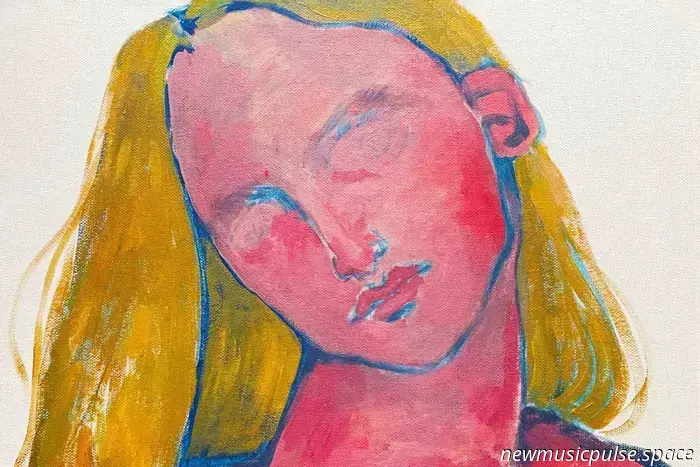
From the soul-stirring blues of the ’30s to the exhilarating riffs of the present, Kendall Graham’s special essay for Women’s History Month pays tribute to the women who shaped the raw essence of rock and metal—pushing boundaries, blending genres, and demonstrating that rebellion transcends gender.
Welcome.
You've clicked on this essay because you want to explore the role of women in rock music and heavier genres like metal and hardcore punk, and their significant contributions over the years that have enriched these genres beyond what male involvement alone could have achieved.
This is Women’s History Month. I believe it is essential to reach into history and highlight the women who have been crafting this music for decades, only to have been pushed into the background, overlooked, and categorized as “others”: “female rock musicians,” “female metal singers,” etc.
Women and girls have often been relegated to merely being spectators of these genres, starting as fans, audience members, or groupies; they have remained on the periphery, segregated and not fully integrated.
I sincerely hope that we can stop categorizing women separately when we discuss them in these genres (and this desire extends beyond rock and metal to all other genres). For instance, instead of referring to a “female bassist,” let’s simply refer to them as a bassist.
While it is true that the 1960s saw a surge in women participating in rock ‘n’ roll, female musicians had already been strumming guitars and crafting rhythms for nearly three decades prior.
Before male icons like Elvis Presley or Chuck Berry took the stage, women such as Sister Rosetta Tharpe and Memphis Minnie were already pioneering electric guitar and fundamentally shaping rock ‘n’ roll in the ’30s and ’40s, yet their names are less recognized than those of their male counterparts.
For many years, rock and metal were predominantly “boys’ clubs,” and women pioneers often had to struggle just to gain visibility. Overcoming such obstacles did not ensure they would be taken seriously or offered contracts. Many early female musicians have become “unsung heroes” whose creativity advanced these genres while their male peers basked in the acclaim.
As someone who deeply appreciates this music and aims to uplift those who have been overlooked, it is both enlightening and inspiring to trace this journey from its origins to the present, recognizing the shoulders on which today’s rockers and metalheads stand.
For female rock and metal fans, this connection is incredibly validating. When a woman on stage unleashes a primal scream, plays blistering riffs, or hits the drums with such force that her sticks break, other women hear their own frustrations, exhaustion, triumphs, and joys reflected back, fostering a sense of solidarity.
This is resilience in audio form, capturing the essence of our inner experiences.
Below is a non-exhaustive list of women within the rock and metal genres. To fully acknowledge the contributions of these fearless trailblazers, movers and shakers, champions, heralds, oracles, and rule-breakers, we would need a comprehensive anthology series.
So, without further delay, here’s a decade-wise overview of notable women who have transformed, progressed, and reinvigorated rock and metal music.
* * *
Disclaimer: I apologize if I overlooked any pivotal figures in these scenes. My space to discuss this topic is limited! Please feel free to share your own selections in the comments.
* * *
1930s to 1950s
The Inception of Rock ‘n’ Roll
The beginnings of rock ‘n’ roll introduced us to several women who played a key role in shaping its essence. From the 1930s through the 1950s, artists like Sister Rosetta Tharpe, Memphis Minnie, and Viola Smith broke new musical ground. Each woman brought a unique flair, innovating through their playing styles and performances that others would later adopt, truly setting the stage for rock ‘n’ roll. Alongside facing gender-related challenges, many of these women also contended with racial segregation, which posed significant barriers in a landscape they would come to revolutionize.
“Didn’t It Rain?” (1964) – Sister Rosetta Tharpe
Sister Rosetta Tharpe
Sister Rosetta Tharpe is rightly called the “Godmother of Rock and Roll.” Growing up playing gospel music with her mother, Katie, as part of a traveling evangelical ensemble across the Southern U.S., she began to merge sacred gospel with the secular sounds of her electric guitar, which she had been playing since she was six. Her recordings from the late '30s and '40s blended spiritual lyrics with strong guitar riffs, an unheard combination in church music at that time. She pioneered heavy distortion, a technique that modifies an electric guitar's sound for a grittier tone. As a church musician shredding the electric guitar, she significantly influenced artists like Elvis Presley, Jerry Lee Lewis, Chuck Berry, Johnny Cash, Ginger

















Following the release of her fifth studio album, the cherished UK singer/songwriter Billie Marten is back with “Feeling,” a light-hearted track that delves into the joys of youth and young love.

Selected by Mitch Mosk, this week’s Editor’s Picks highlights tracks from Chappell Roan, Jo Hill, Joy Oladokun, Trousdale, MARIS featuring Caroline Kingsbury, and The Ophelias!

Anna Shoemaker shares her experiences with heartbreak, self-discovery, and regaining her independence in her second album ‘Someone Should Stop Her.’ This collection of songs is raw, radiant, and introspective, focusing on the journey of learning to trust oneself, release the past, and progress.
From the soulful cries of the '30s to today’s powerful riffs, Kendall Graham from Atwood Magazine presents a special essay for Women’s History Month that pays tribute to the women who shaped the wild essence of rock and metal – shattering boundaries, blending genres, and demonstrating that defiance is not restricted by gender.